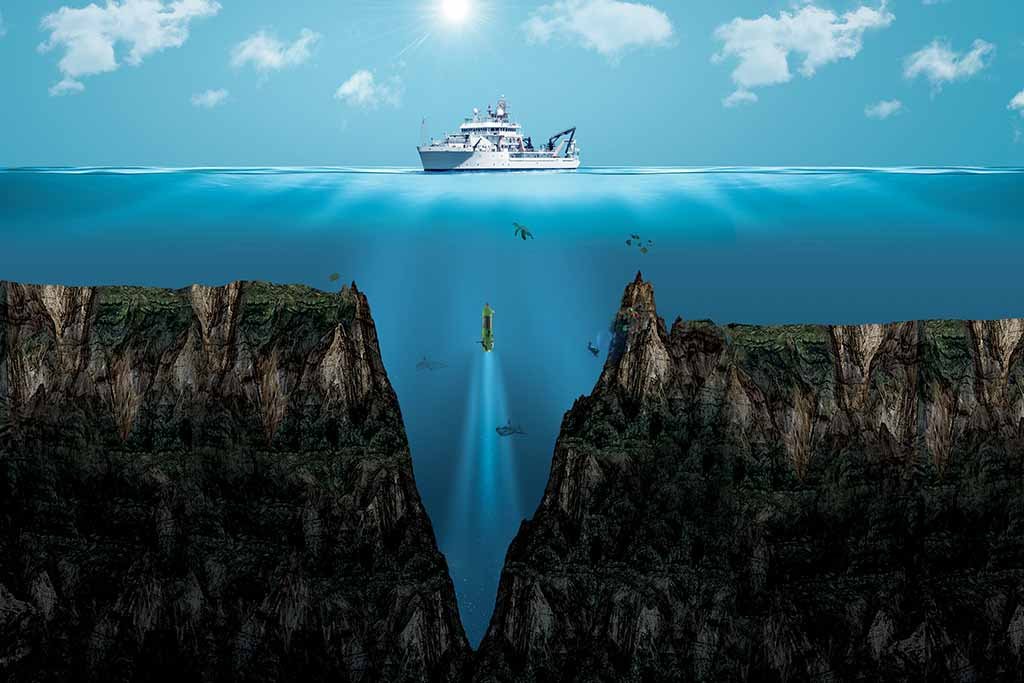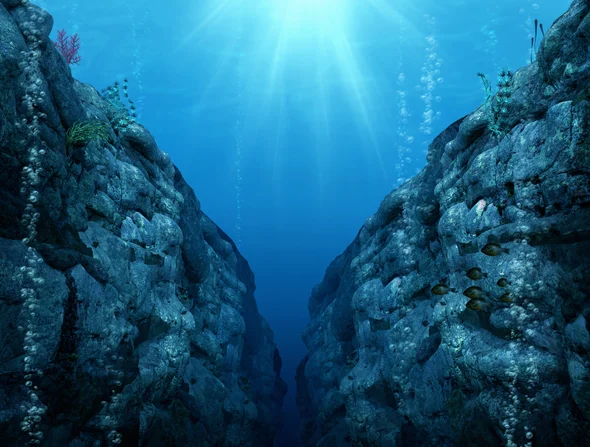The ocean is the largest body of water on Earth and covers over 70% of its surface. Within the ocean, there are various depths and layers, with the deepest part being the Challenger Deep, located in the Mariana Trench in the western Pacific Ocean.
The Mariana Trench is a crescent-shaped trench that stretches for over 1,500 miles and reaches a maximum depth of 36,070 feet (10,994 meters) in the Challenger Deep. This depth is nearly seven miles deep and is the lowest point on Earth’s surface. The pressure at this depth is also immense, with the weight of the water above exerting a pressure of over 8 tons per square inch.
Despite its extreme depth, the Challenger Deep is not completely barren. Scientists have discovered various forms of life, including single-celled organisms, amphipods, and other deep-sea creatures that have adapted to the extreme conditions.

The exploration of the Challenger Deep has been a challenge for scientists and explorers. In 1960, the Trieste, a deep-sea submersible, was the first vessel to reach the bottom of the Challenger Deep. In 2012, filmmaker James Cameron became the second person to reach the bottom of the trench, using a specially designed submersible.
The study of the deep sea and the Challenger Deep is important for understanding the Earth’s geology, oceanography, and biology. The extreme conditions of the deep sea, including high pressure, low temperatures, and lack of sunlight, have created unique environments that are still largely unexplored.
The deep sea is also an important source of resources, including minerals, oil, and gas. However, the extraction of these resources can also have a negative impact on the environment and the deep-sea ecosystems.
In conclusion, the Challenger Deep in the Mariana Trench is the deepest part of the ocean and the lowest point on Earth’s surface. Despite its extreme depths, it is not completely barren and has provided scientists with valuable insights into the Earth’s geology, oceanography, and biology. As the study of the deep sea continues, it is important to balance the need for resources with the preservation of the environment and its unique ecosystems.
Also Read Why people go out at sea – The Allure of the Ocean

